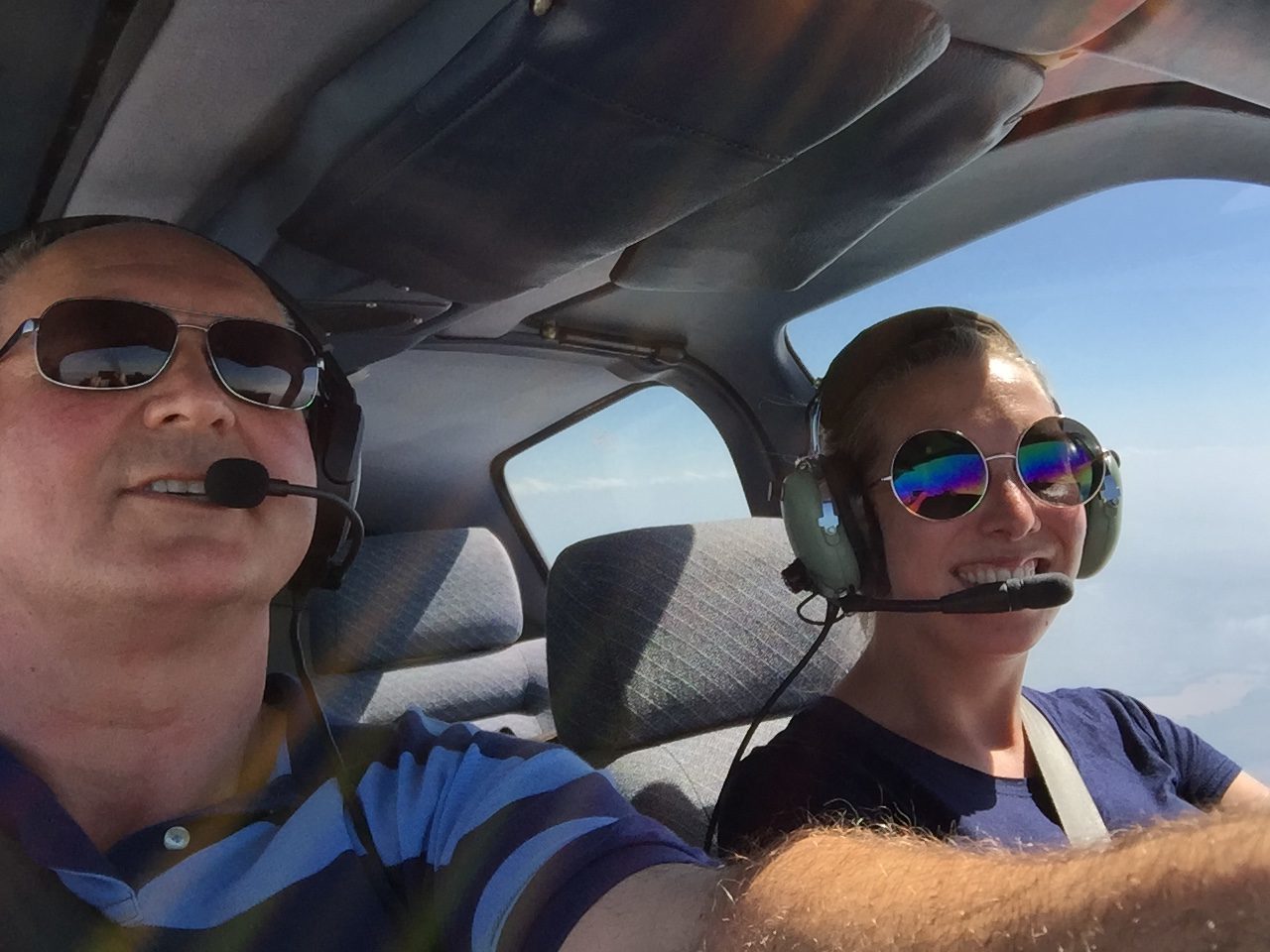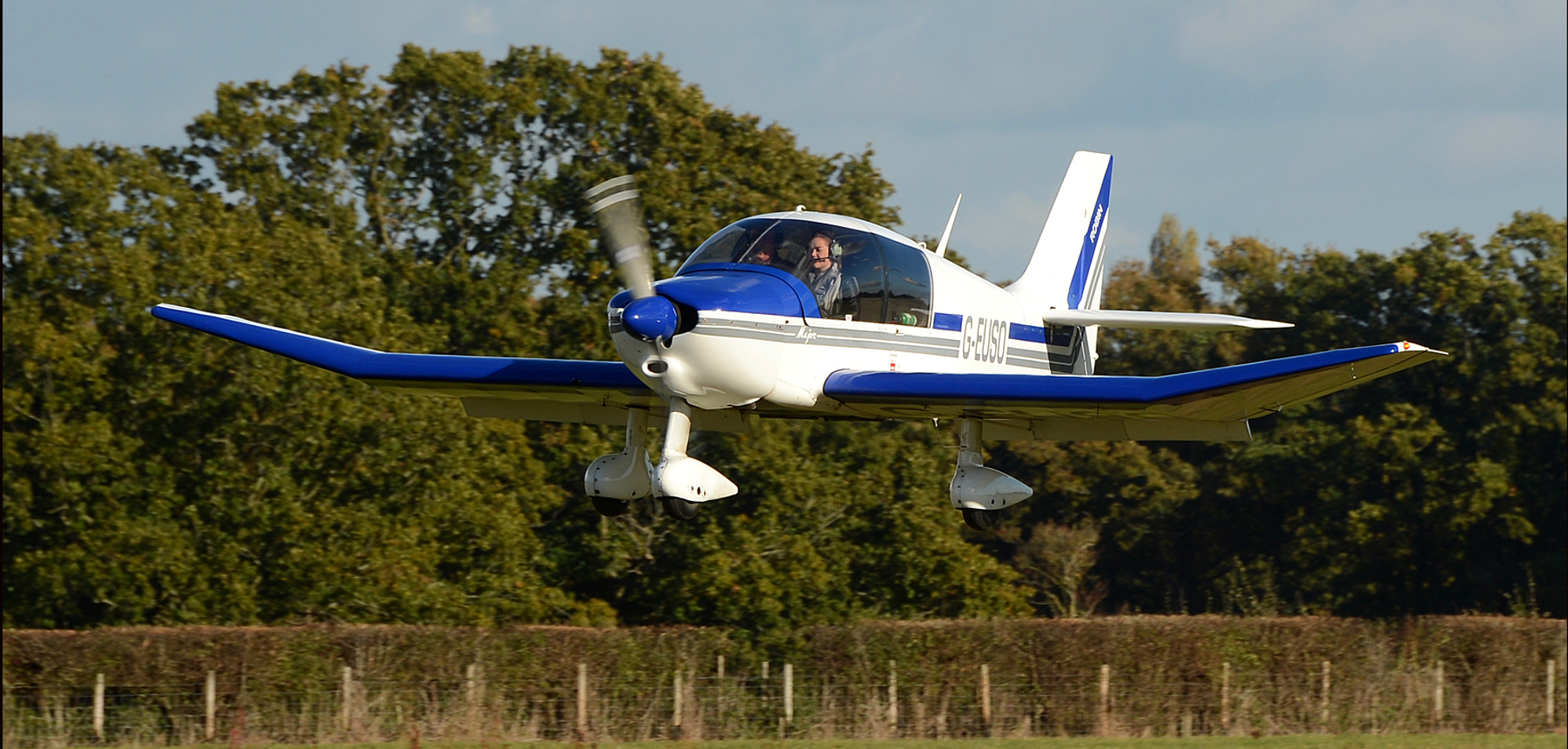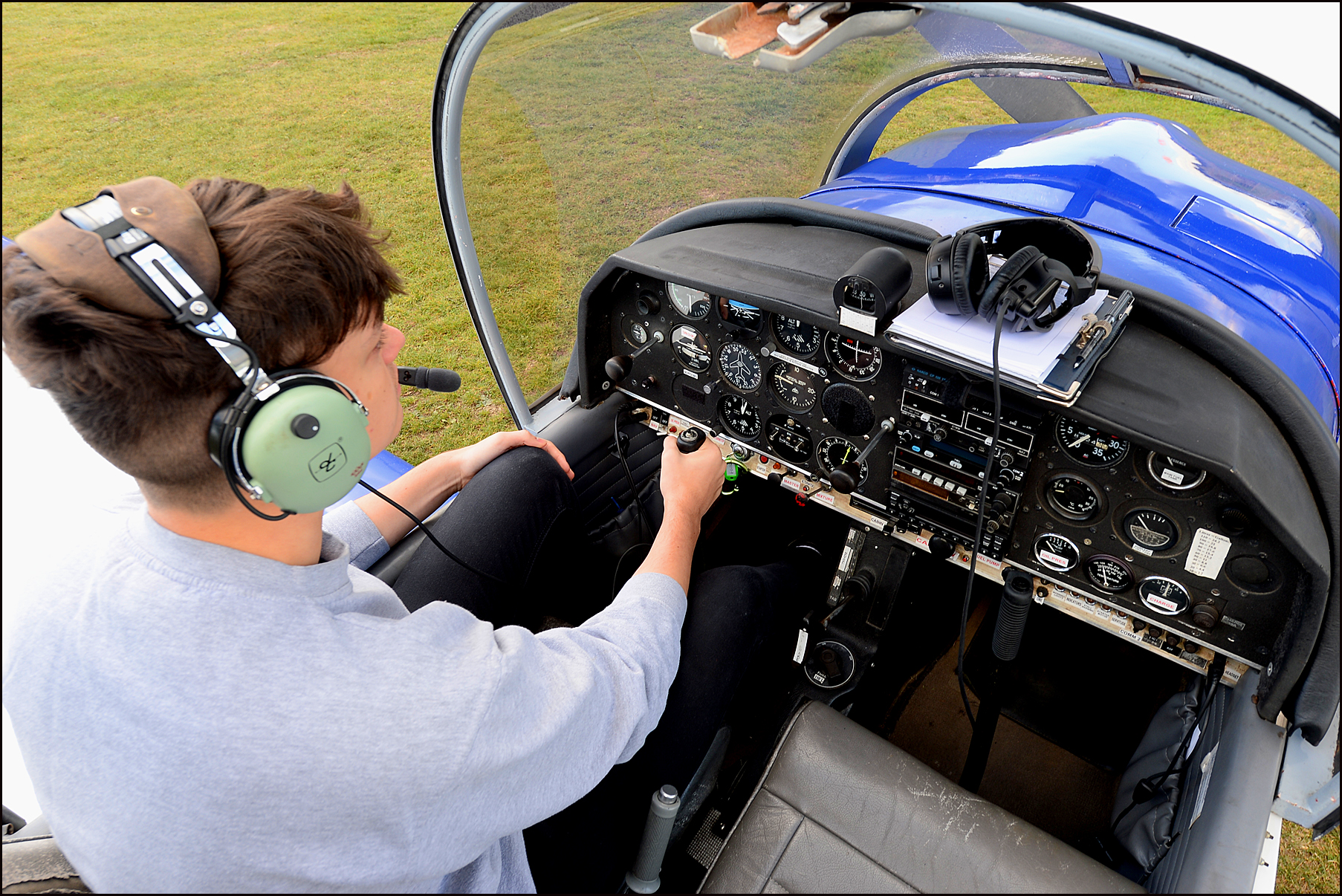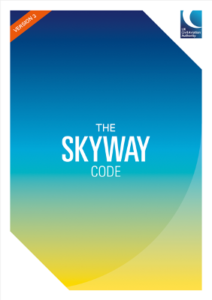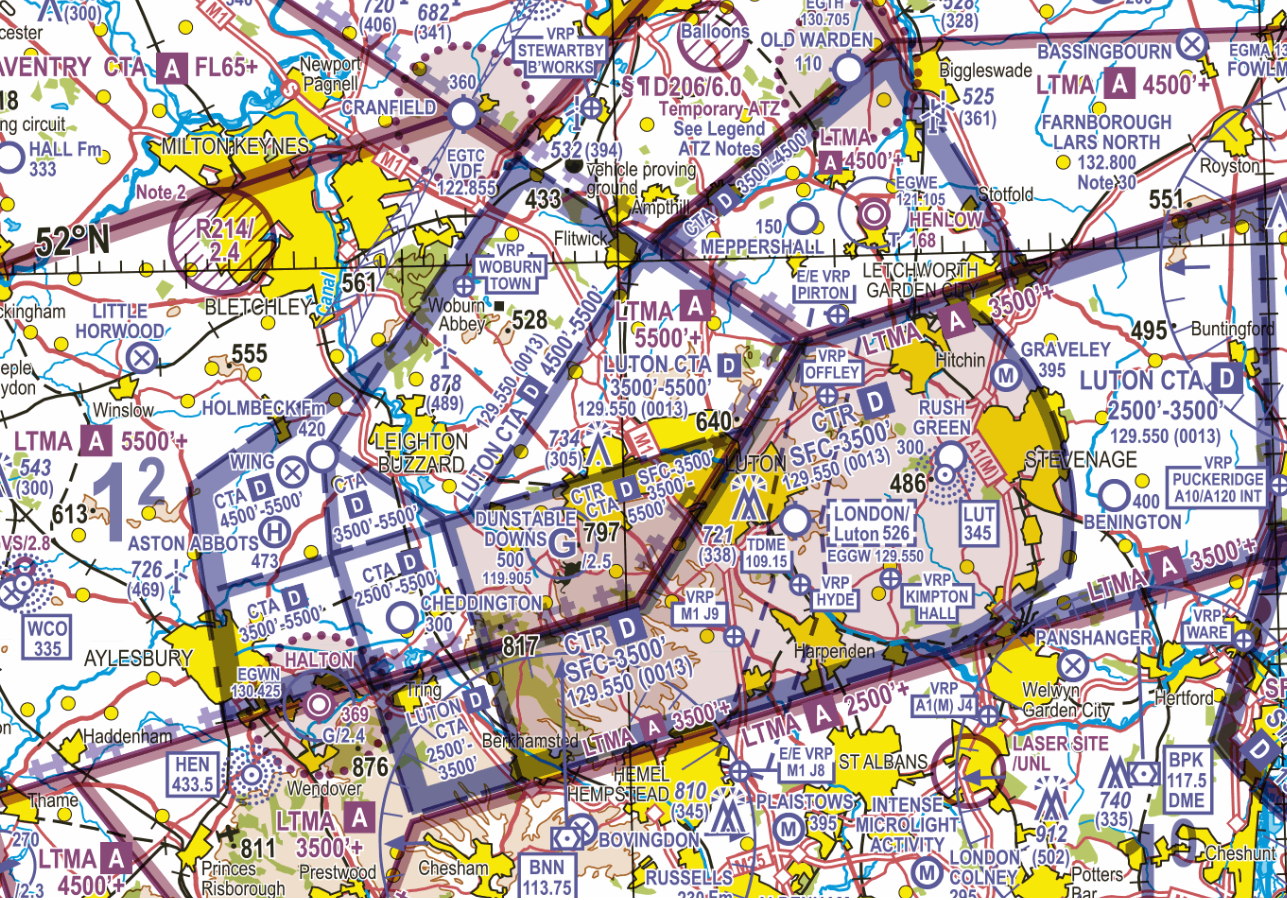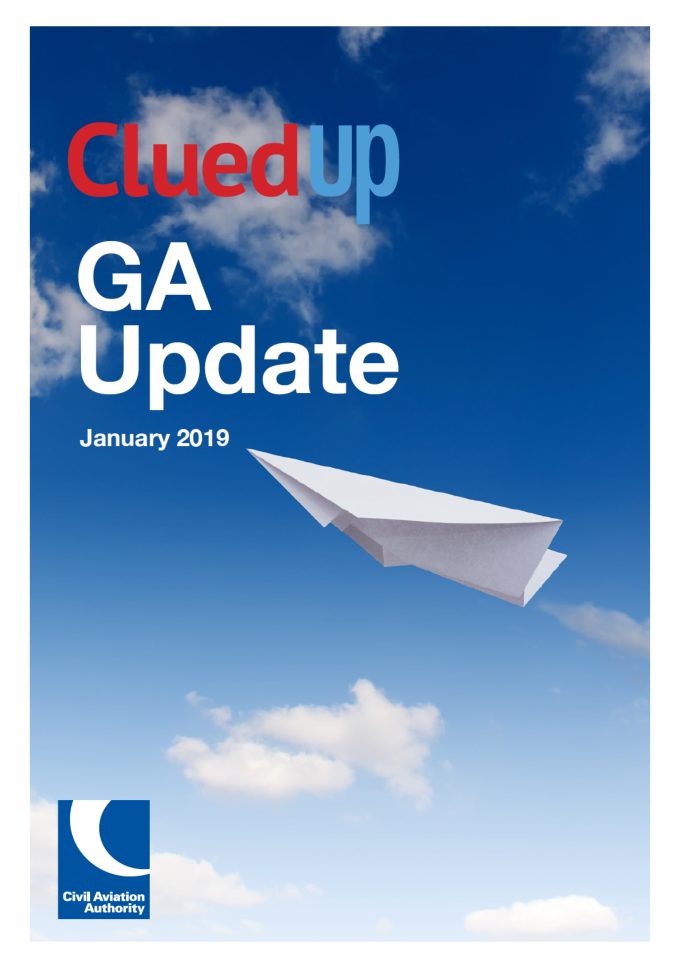During the COVID 19 pandemic commercial flying came to a shuddering halt and many airlines responded by offering early retirement to senior, more expensive pilots. Now the pandemic is over, demand is rising and pilots need to be replaced. This offers opportunities both to existing pilots who may see faster progression and to those considering commercial flying as a career. US aviation industry analysts Oliver Wyman suggests there will be a shortage of some 79,000 pilots by 2032.
Every commercial pilot starts by learning the basics in a single engine propeller driven aircraft. Basic training in a small simple aircraft allows the prospective airline captain to understand how the aircraft flies, the importance of power and control in maintaining safe and smooth operations. This initial training is the bedrock of all future flying experience.

Students may opt to take a ‘Modular’ training approach, obtaining their Commercial Pilots Licence in distinct steps. The first step is the Private Pilots Licence, offered by flight Schools such as Theta Squared Aviation. Louis, one of our recent students (qualifying 2020) took this route. Other students opt to take the significant step of joining an Integrated Commercial Course. This will take the student from beginner to commercial pilot. It is a simple offering, but an expensive commitment. Flight schools which offer an Integrated Course will assess candidates before offering a place. So even if you opt for an Integrated Course 5 or 10 hours of flying & theory training with Theta Squared could prepare for your assessment, demonstrate your commitment, and improve your chances of success.


